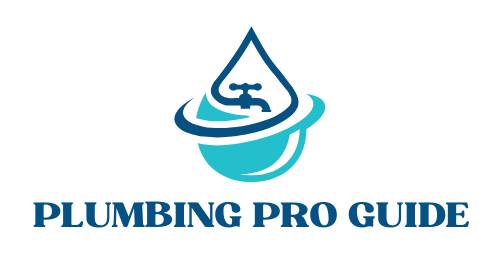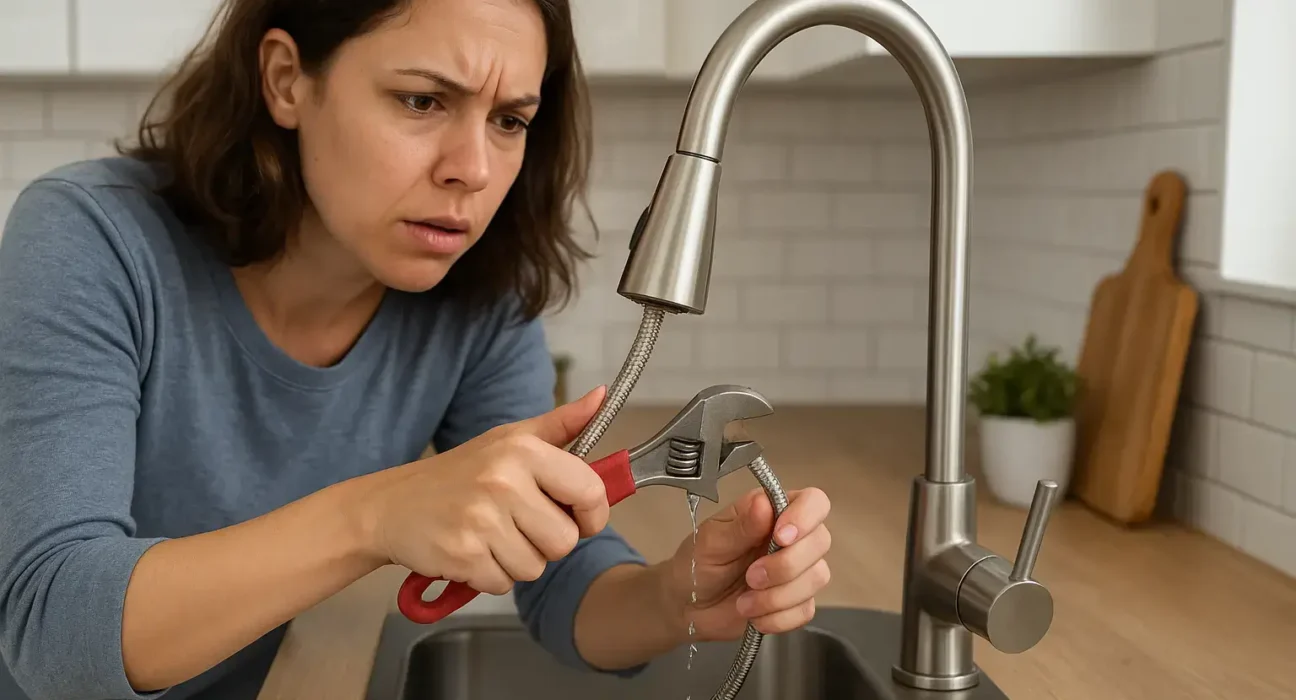A kitchen faucet hose leaking under the sink can cause some major damage to your cabinets and create mold issues. For you to fix this issue, you must find the reason for the leaking of water. Sometimes it’s the o-ring, a loose connection, or the hose is probably damaged. You can solve this problem by yourself without calling a plumber; for that, you must identify why your kitchen faucet hose leaking issue is happening in the first place.
Facing other similar plumbing issues and you want to resolve them yourself, check out our site for more info on plumbing DIYs and tips.
1. Identify the cause of the Leak
First step to identify a kitchen faucet hose leaking is you need to inspect your faucet hose thoroughly. Run the water and look for visible drips or moisture along the hose. The most common leak points are:
-
- At the quick-connect fitting under the sink.
-
- Around the sprayer head connection.
-
- Near the faucet base, where the hose enters the unit.
If water collects under the sink or you see dripping when pulling out the sprayer, the problem is likely in the kitchen faucet sprayer hose leaking or in the faucet hose leaking under the sink area.
2. Turn Off the Water Supply Before Inspection
To avoid further leakage while working, shut off both hot and cold water valves under the sink. Once you turn off the water, disconnect the kitchen sink hose connection carefully, using an adjustable wrench or your hands if it’s a quick-connect fitting.
Check the hose for any cracks, corrosion, or loose fittings. Most of the time, a kitchen faucet hose leaking is caused by an O-ring or a loose clip.
3. Check for O-Ring or Seal Failure
O-rings are small rubber seals that prevent water from escaping through the hose joints. Sometimes, what happens is the O-ring dries out or has a crack in it, which leads to water leaking in your kitchen faucet. An O-ring failure in a kitchen faucet is one of the easiest problems to fix.
To check, remove the hose end and look for the rubber ring inside the fitting. If it looks brittle or flattened, replace it with a new one of the same size. Apply a little plumber’s grease before reinstalling to ensure a tight, watertight seal.
4. Look for Damage and Replace the Hose
Kitchen faucet hose leaking happens because they are prone to damage and need frequent checkups and fixes. They are also the most common reason for leakage in the faucet. Even after tightening or replacing the seals faucet can still be leaky. In that case, you should replace the entire hose with a new one.
Turn off the water supply, then use an adjustable wrench to loosen the connection between the hose and faucet. Take the old hose with you to the hardware store and buy the one with the same model, then simply connect the new hose to the faucet base using the same tool. Now turn on the water supply and check if there is still any occurrence of leaking.
5. Check the Faucet Base and Sprayer Head
Sometimes the issue isn’t in the hose itself but at the base of the faucet or sprayer. A kitchen faucet hose leaking from the base could mean the washer or seal has worn out.
Remove the sprayer head, inspect the washer, and clean out any buildup. Replace any worn-out faucet hose washers to ensure proper sealing.
If the kitchen sprayer hose dripping continues even after cleaning, the cartridge inside the faucet might need attention. A new cartridge can restore proper water pressure and eliminate internal leaks.
6. Maintain the Faucet Regularly
As a wise person once said, “Prevention is better than a cure”. So it is best if you do routine maintenance rather than fixing the problem again and again. Routine plumbing maintenance of kitchen sink tasks includes cleaning the aerator monthly, inspecting hose connections for moisture, and ensuring no kinks form under the sink.
Simple DIY to avoid kitchen faucet hose leaking is repair steps, like checking seals and tightening fittings, can extend your faucet’s lifespan. Regular inspections help you avoid water damage, costly repairs, and wasted water over time.
7. When to Replace the Entire Faucet
Sometimes it’s best to replace the entire faucet with a new one.IF the faucet is too old with lots of corrosion and internal damage, it is more practical to just buy a new faucet rather than fixing the leak again and again. A new model also offers better efficiency, updated designs, and features like pull-down sprayers with improved durability. Read our blog on signs you need a new kitchen faucet, which will help you decide when it’s time to make the upgrade.
FAQs
1. Why is my kitchen faucet hose leaking?
The kitchen faucet hose leaking occurs because of worn O-rings, loose fittings, or cracks caused by regular use and pressure changes.
2. Can I replace a leaking faucet hose myself?
Most hoses use quick-connect fittings that make replacement simple with just a wrench and a bucket to catch residual water.
3. When should I call a plumber for a leaking kitchen faucet hose?
If water continues to leak after you’ve replaced the hose or fittings, or if you notice water damage under the sink, it’s time to call a professional plumber.


